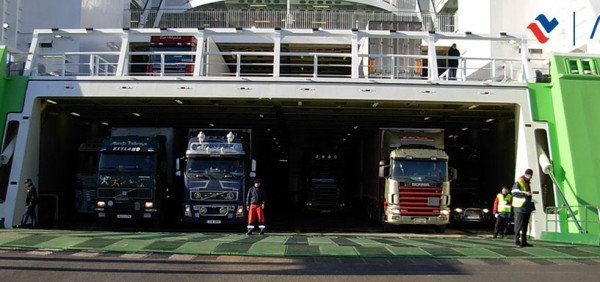
In November, Estonia’s exports of goods amounted to 1.7 billion euros and imports to 1.9 billion euros at current prices. The trade deficit was 149 million euros. In November 2020, it was 58 million euros. The trade deficit increase was driven by trade in raw materials and products of chemical industry, and transport equipment.
Evelin Puura, leading analyst at Statistics Estonia, said that trade is most active and also grows the most with Estonia’s neighbours: Finland, Latvia, Lithuania and Sweden. The share of these countries accounts for 41% of Estonia’s total trade. “The exports and imports of goods were at a record high level in November. In addition to growing volumes, higher prices continued to impact trade growth,” explained Puura.
The main commodities exported were mineral fuels, electrical equipment, wood and articles of wood. Compared to November 2020, the biggest increases occurred in the exports of mineral fuels and electricity (up by 129 million euros), wood and articles of wood (up by 80 million euros), and base metals and articles of base metal (up by 74 million euros).
The main partner country for Estonia’s exports of goods was Finland, followed by Latvia and Sweden. The biggest increase occurred in exports to Finland, Latvia and Germany. More electricity and scrap metal was exported to Latvia, more natural gas and parts of electrical engines to Finland, and there were larger dispatches of prefabricated wooden buildings and stainless steel waste to Germany.
Advertisement / Reklaam
Advertisement / Reklaam
Re-exports from Estonia increased by 35% and exports of domestic goods by 28%. Goods of Estonian origin accounted for 71% of the total exports of goods. In the case of goods of Estonian origin, the biggest rise occurred in the exports of ferrous and steel waste, wood pellets, processed fuels and prefabricated wooden buildings.The main commodities imported to Estonia were mineral fuels, electrical equipment, and machinery and mechanical appliances. The imports of mineral fuels and electricity increased the most (up by 130 million euros), followed by imports of electrical equipment, and base metals and articles of base metal (up by 58 million euros), and machinery and mechanical appliances (up by 48 million euros).
The top partner countries for Estonia’s imports of goods were Finland, Germany and Lithuania. Year on year, the biggest rise was recorded in imports from Finland, Russia and Lithuania. Imports increased for electricity and sawn pine timber from Finland, various fuel oils from Russia, and motor fuels and pharmaceuticals from Lithuania.
https://www.stat.ee/en/node/25...

